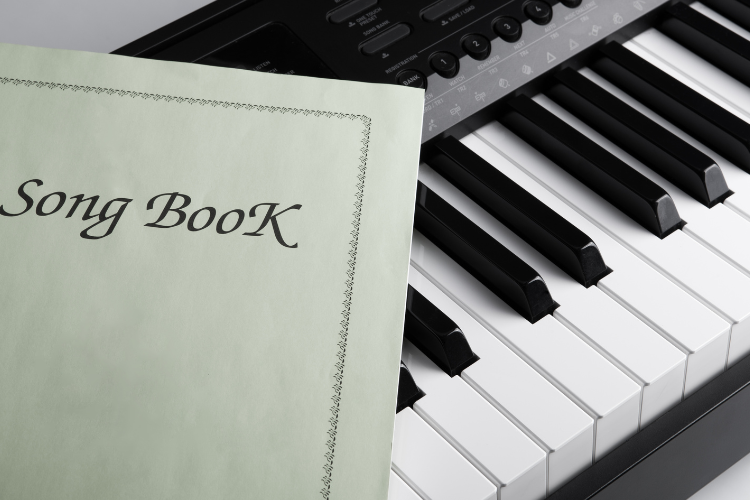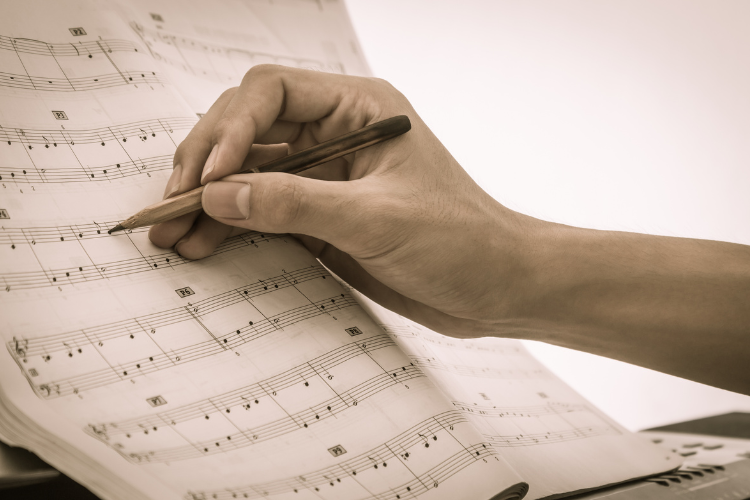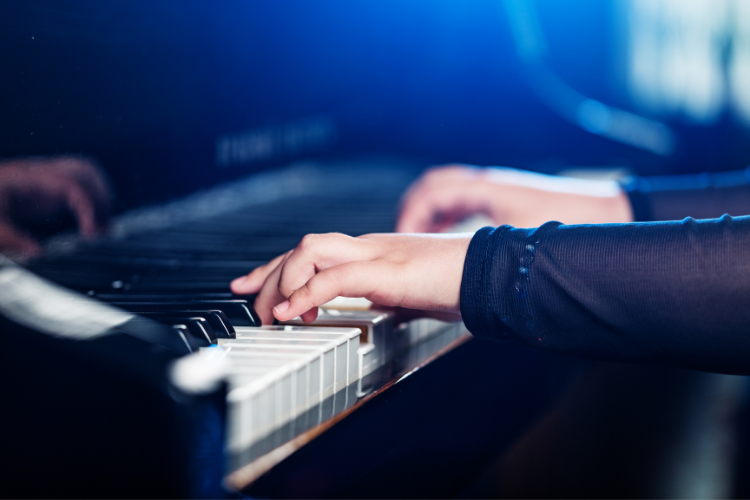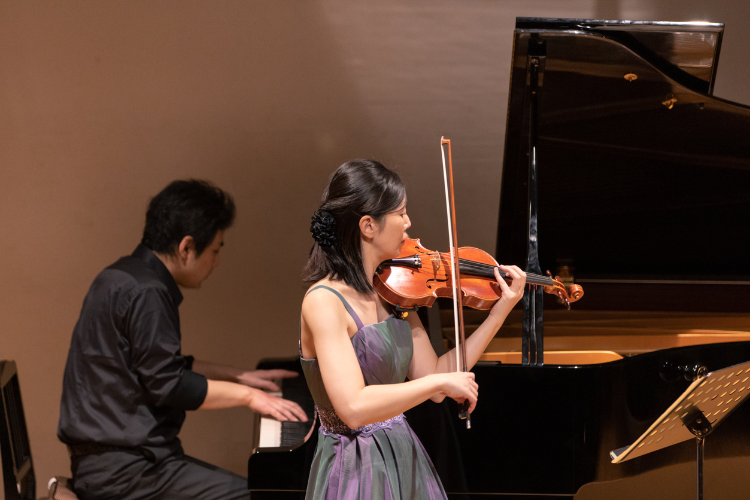Top tips for taking your piano sight-reading skills up a level!
Have you ever watched somebody who’s a good sight-reader play a piece of music they’ve never seen before, and it almost sounds like a performance, and wished you could do that?
There are countless reasons why sight-reading is a joy if you can do it. In high school, I was a pretty advanced player, but my sight-reading was at an elementary level! I have a video about that. But today I’m going to give you practical tips that you can use to develop your sight-reading skills. This article is suitable for all levels of playing, but if you are an absolute beginner, check out our video lesson here on the basics of piano sight-reading.
1. Choose pieces that are at your reading level

I know it can be tempting: You hear a piece of music, and you want to play it so badly.
So you try to read through it, and it’s such a struggle that it’s discouraging. More than that, you can’t really get a feel for the piece because you’re stopping and starting so many times.
Accept the level that you are at and read pieces at that level. If you read enough of them, you will gain from the experience. Over time, you will grow and be able to read more complex scores.
Watch my piano lesson below on how to improve your sight-reading (and carry on reading!):
2. Play slowly enough

You want to hear the piece the way it’s meant to be heard. Maybe the beginning isn’t that hard for you, so you take it at a comfortable tempo. But then you’re slowing down... speeding up... stopping... and you really don’t get a feel for the piece.
If you play slowly enough, it’s much more valuable. Even though it might seem frustrating at first, you will see how your sight reading skills develop from the experience.
3. Have some pieces that are reading pieces

I don’t know how many of you are like I was, but I used to memorize all my pieces.
When it came to sight-reading, I just couldn’t do it. Well, an answer to that is to have some pieces that are reading pieces.
Maybe there are pieces that you can’t really sight-read. You can read parts of it, but other parts are a struggle. Take those pieces and work on the parts you can’t read. Go through them, practicing hands separately, taking little phrases at a time, and get those sections so that you can read through them.
You make it a reading piece that you never memorize. You always read it. You use the score, and you gain the confidence to be able to play the piece with the music.
This is incredibly important if you ever want to play chamber music, because you’re not going to memorize every single thing that you want to read.
4. Look at groups of notes

When you’re reading English, you’re not looking at letters; you’re looking at words.
It’s the same thing with music.
You don’t look at each individual note. You look at chords and clusters of notes, and you grab the meaning of the notes so you understand the essential structure. Instead of just painstakingly looking at each note, try to recognize patterns and intervals so you can grab groups of notes.
5. Play with other musicians

This is the most important tip of all, and this was my epiphany with sight-reading: Play with other musicians! This is the way you truly learn to become a good sight-reader.
Why?
When you’re playing by yourself, when you miss something, it’s only natural to stop and make corrections. You’re programmed to do that in your practice. It’s almost impossible to keep going when you’re missing notes. But when you’re playing with other people, you have no choice but to keep going.
So, you learn to make that connection among the three aspects of what you see, what you hear, and what you feel.
Check out our top tips on how to accompany other musicians here.
Robert Estrin is the owner of Living Pianos, the world's first online piano store.







